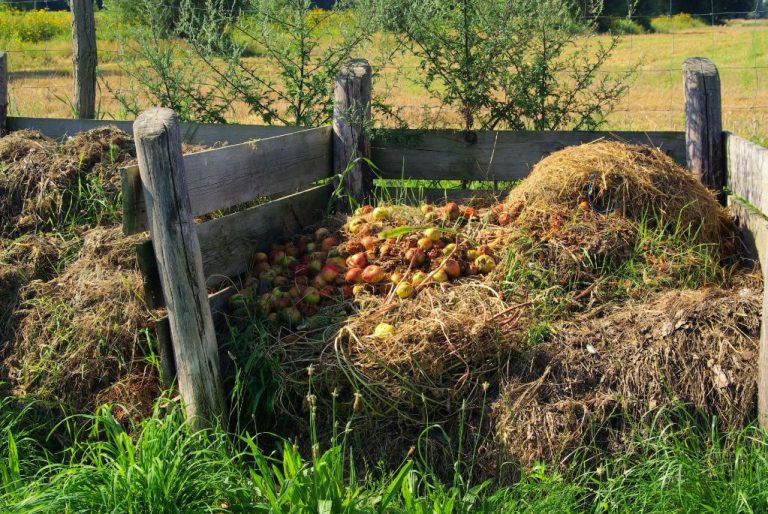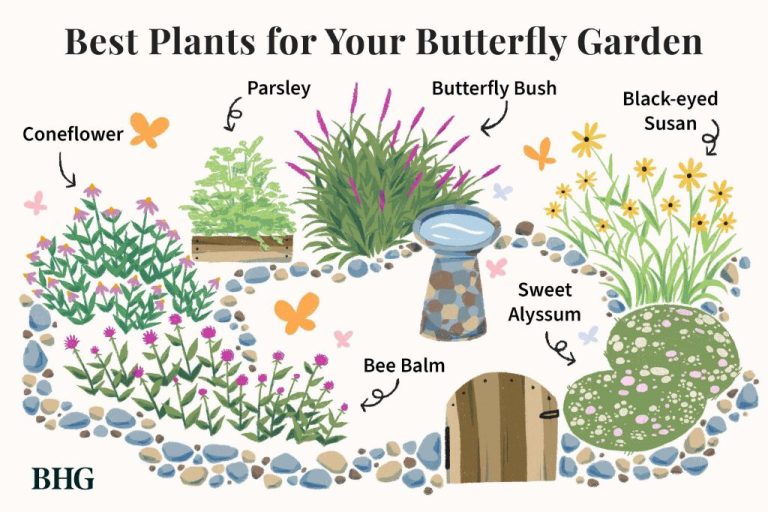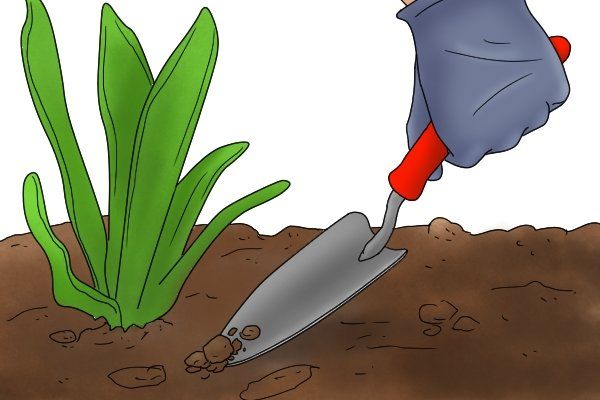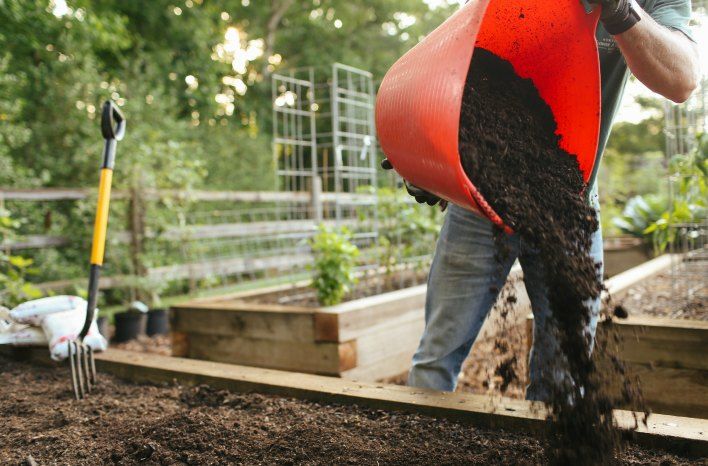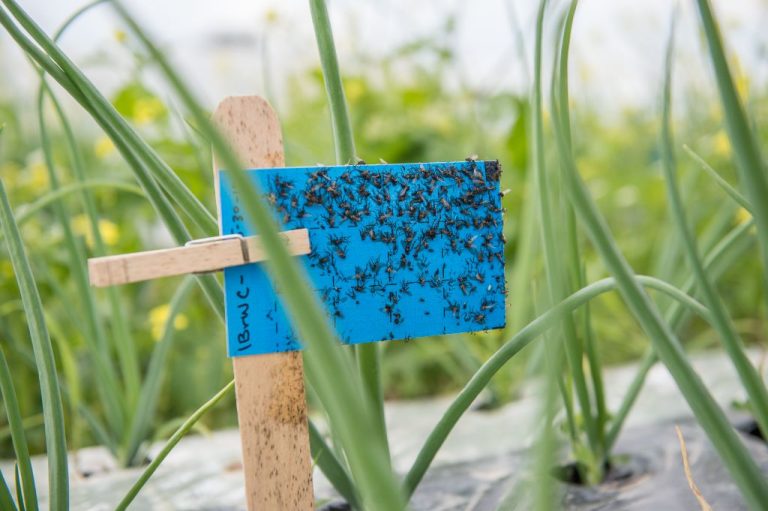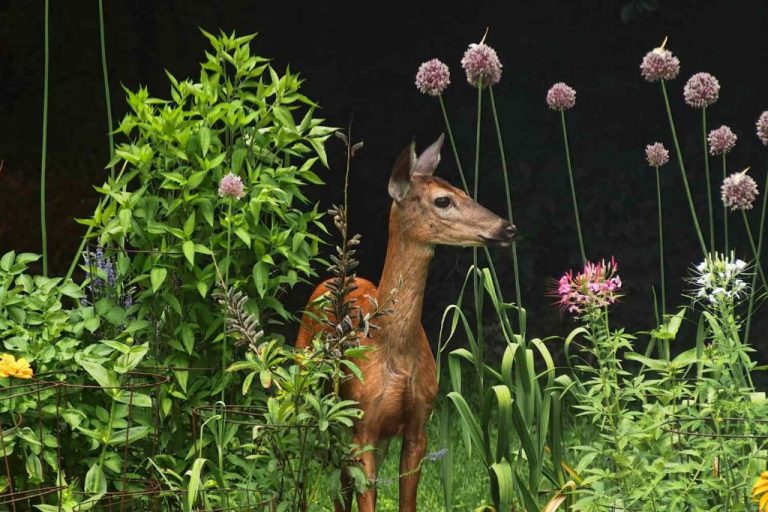Tips For Success With Indoor Gardening For Beginners
Indoor gardening has become increasingly popular in recent years due to the many benefits it offers. According to The Benefits of Indoor Gardening: Creating a Healthier Home, indoor gardening can boost your mood, reduce stress, and create a healthier home environment. Additional research from Forbes shows that interacting with indoor plants enhances creative performance and introduces beneficial soil microbes indoors.
There are many types of plants suitable for growing inside, including flowering plants like orchids and African violets, foliage plants like ferns and ivy, succulents like jade and aloe vera, and edibles like herbs and lettuce. The key is choosing plants that can thrive indoors with the right lighting, temperature, humidity, and care.
Choosing a Location
One of the most important considerations when starting an indoor garden is choosing the right location. The location will determine how much natural sunlight your plants receive, as well as temperature, airflow and humidity levels.
Ideally, you’ll want to place your indoor garden in a spot that receives 4-6 hours of direct sunlight daily. Southern, eastern or western facing windows are best. If you don’t have a sunny window, consider supplementing with grow lights. Make sure the area doesn’t get too hot in the afternoon sun. You may need to provide shade with curtains or move plants as needed.
For ventilation, avoid cramped spots with no airflow. Plants release moisture through transpiration, so good air circulation prevents issues with mold or fungi. You’ll also want to avoid locations near heating and cooling vents which can dry plants out.
Consider creating your indoor garden space in an enclosed patio, sunroom, solarium or greenhouse if available. These spots allow maximum light and adjustable ventilation. Just beware of overheating on hot days.
Balconies can also work well, especially for larger pots. Just ensure the plants are placed safely away from the edge and sheltered from strong winds. Morning sun is best in these spots.
Kitchens and bathrooms typically provide bright light, warmth and humidity. However, avoid placing plants directly next to stoves and ovens which generate too much heat.
With a bit of thought and observation of light and temperature patterns in your home, you should be able to identify the ideal spot for your indoor garden. This will give your plants the conditions they need to thrive inside.
Selecting Plants

When it comes to selecting the best plants for indoor gardening, there are a few key factors to consider. First, assess the amount of natural light in the space you plan to grow plants. Herbs like basil, thyme, parsley, and rosemary do well with at least 4-6 hours of bright, direct light per day. Succulents like jade, aloe vera, and echeveria thrive in the same conditions. For areas with lower light, choose low-light houseplants like pothos, philodendron, Chinese evergreen, and ZZ plant.
Next, consider the watering needs of different plants. Herbs and succulents prefer their soil to dry out between waterings, while many houseplants like their soil to remain evenly moist. Fast growing plants like pothos and philodendron need more frequent watering than slow growers like sansevieria and zz plant. Select plants with similar watering needs to make your indoor garden easier to maintain.
When buying plants, inspect them closely for signs of pests and disease. Opt for young plants with healthy green foliage and avoid root-bound plants. Review plant labels for details on mature plant size and growth rate to ensure your selections will fit the space as they grow.
For beginner-friendly indoor gardening, stick to plants that are naturally resilient and forgiving of occasional neglect, like succulents, pothos, sansevieria, philodendron, and herbs like basil and mint.
For plant inspiration and care tips, check out: Indoor Plant Decor 🌱 | Gallery posted by kimpokes
Containers and Soil
The containers you choose for indoor gardening are an important consideration, as they will provide the home and foundation for your plants to grow. There are several options to consider:
Pots: Traditional pots made of terracotta or plastic are a popular choice. Make sure there are drainage holes in the bottom to prevent soggy soil. Choose a pot that is appropriate for the size of your plant, and move up to a larger pot as the plant grows.
Hydroponics: A hydroponic system uses nutrient-rich water rather than soil. Plants are supported in inert material like gravel or perlite. This allows their roots to access the mineral solution. Hydroponics requires some specialty equipment but can be a fun way to grow plants indoors.
Vertical gardens: These utilize vertical space by training plants to grow up against walls or panels. Felt pockets, shelves, or cascading containers allow plants to take advantage of vertical real estate in a small indoor garden.
The soil or growing medium you use is also an important factor. Here are some tips:
Store-bought potting mix: Often the easiest option, look for a quality organic mix made for indoor containers. It should have compost or peat moss to help retain moisture and provide nutrients.
Homemade mix: You can DIY your own by mixing compost, coconut coir or peat moss, perlite or vermiculite for drainage, and organic fertilizer. Test different recipes to find what works best for your plants.
Aim for a lightweight, porous mix that will hold some moisture but still drain well. This gives plants a balance of air and water to thrive in an indoor environment.
Watering and Fertilizing
Proper watering is crucial for indoor plant health and growth. How much and how often to water depends on factors like the plant variety, pot size, growing conditions, and time of year. As a general guideline, most indoor plants need watering once the top inch or two of soil becomes dry. To check for soil dryness, insert your finger into the soil or use a moisture probe.
During the active growing season (spring through summer), most plants need watering about once a week. In fall and winter when growth slows, you can often go 10-14 days between waterings. Take care not to overwater, as soggy soil leads to root rot. If in doubt, wait another day or two before watering again.
Using a well-draining potting mix also helps prevent overwatering. Addsand or perlite to regular potting soil to improve drainage. Only water when the top of the soil is dry, and empty excess water that collects in the saucer under the pot after watering.
While indoor plants have lower fertility needs than outdoor gardens, fertilizer gives plants a nutritional boost. Use a balanced liquid fertilizer diluted to half or quarter strength every 2-4 weeks during spring through fall. Ease off on fertilizer in winter when growth naturally slows. Always follow label directions carefully.
Granular slow-release fertilizers like Osmocote can provide nutrients for 3-6 months with just one application. Organic options like compost tea, fish emulsion, and worm castings can also feed plants.
Providing Light
Light is crucial for indoor plants to undergo photosynthesis and grow properly. There are two main options for providing light – using natural sunlight from windows or skylights, or using artificial grow lights.
For natural lighting, place plants near sunny windows, preferably south or west-facing ones. Rotate plants periodically so all sides get light. Supplement with artificial lights on overcast days or in darker winter months. Be aware that direct hot sunlight can scorch plants, so use sheer curtains to diffuse the light (Source 1).
There are many types of artificial grow lights to choose from, like LEDs, fluorescent tubes, and high intensity discharge lights. LEDs provide full spectrum light and run cool and energy-efficient. Fluorescent lighting is affordable and comes in different color temperatures. HID lights intensely mimic sunlight. Position lights close to plants, on for 12-16 hours daily. Use adjustable hangers so you can move lights as plants grow. The type of light required depends on the specific plants being grown (Source 2).
Pruning and Training
Pruning and training indoor plants helps improve their health, control growth, and enhance their appearance. Knowing when and how to prune properly will keep plants looking tidy and productive. Pruning stimulates new growth, directs plant energy, improves air flow and light exposure, and removes dead or damaged foliage.
The best time to prune is during active growth in spring and summer. Use clean, sharp shears or scissors. Make cuts just above leaf nodes or buds, at a 45 degree angle. Remove spent flowers and excessive growth to invigorate the plant. Pinch off stem tips to promote bushiness. Thin overcrowded stems for better air circulation.1
Staking and trellising trains plants to grow upwards on supports. Use bamboo stakes and soft ties to gently guide stems and vines along trellises without damaging them. This helps manage sprawling or vining plants in a compact space. Proper training distributes foliage evenly for optimal light exposure. It also prevents breakage and keeps plants tidy.
With the right technique, pruning and training keeps indoor plants healthy and looking their best while controlling unwanted growth. Pay attention to each plant’s specific needs and prune judiciously to maintain an attractive shape and full growth habit.
Pest and Disease Control
Keeping indoor plants healthy and thriving means taking steps to prevent and treat pests and diseases. Some of the most common indoor plant pests include fungus gnats, spider mites, mealybugs, scale, and aphids. Catching infestations early and using organic, natural methods are key for getting rid of bugs on plants grown indoors.
To prevent pests, inspect plants regularly, isolate new plants before introducing them, remove dead leaves and debris, allow soil to dry between waterings, and increase air circulation. Sticky traps near plants can catch adult insects. For treatment, start with methods like rinsing plants, using soapy water or neem oil sprays, applying horticultural oils, or spot treating with isopropyl alcohol [1].
Biological controls like ladybugs or green lacewings can be used for heavy infestations. As a last resort, insecticidal soaps or other gentle, natural pesticides specifically formulated for indoor plants can help eliminate difficult pests. Always follow label instructions carefully. With vigilance and early intervention, indoor gardeners can keep bugs at bay and plants healthy and thriving.
Overwintering Outdoor Plants
When transitioning outdoor plants inside for the winter, it’s important to do so gradually so the plants can adjust to the new environment. According to
, plants should be brought inside when nighttime temperatures fall below 50-55°F, even if they are hardy for your zone.
Before bringing plants in, inspect thoroughly for pests and diseases and treat any issues. Give them a gentle spray with the hose to remove dust and debris. Prune back any dead or dying foliage and cut back on watering/fertilizing. According to
, letting the soil dry out a bit first helps ease the transition.
Once inside, allow plants to gradually adjust to the lower light levels by placing them in a bright location out of direct sun first. Slowly move them to their overwintering spot over 7-10 days. Maintain watering based on the plant’s needs but less frequently than outdoors. Mist leaves periodically as indoor air is drier. Check plants regularly and treat any issues promptly in their new environment.
Tips for Continued Success
Keeping your indoor plants healthy and thriving requires ongoing care and maintenance. Check soil moisture regularly and water when the top inch is dry. Wipe dust off leaves every few weeks and trim dead or damaged foliage. Turn the plants periodically so all sides get light. Watch for signs of common problems like wilting, yellowing leaves, or pest infestations, and take action right away.
If issues do pop up, don’t panic. Many can be easily remedied with a few simple fixes. Wilting may indicate underwatering, while yellowing leaves can mean too much light or saturated soil. Try moving the plant, adjusting watering schedules, or using natural remedies before the problem worsens. With attentive care and prompt troubleshooting, most plants bounce back quickly.
One of the great joys of indoor gardening is watching your plants flourish in their environment. Notice how they grow fuller and lusher over time. Enjoy flowering plants when they bloom. Appreciate the life and greenery they bring into your home. And take pride in keeping them healthy with proper, consistent care. With a little effort, your indoor garden will provide beauty and relaxation for years to come.

